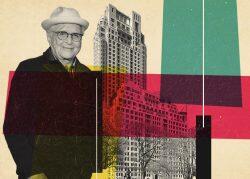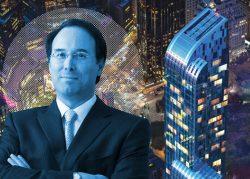What if we told you that in 2011, a man who turned fertilizer into riches would upend New York City’s real estate market?
The billionaire Russian oligarch’s then-unprecedented $88 million purchase of a midtown condo for his daughter “wreaked havoc” on the city’s luxury real estate market, journalist Adam Piore recounted to the New York Post this weekend.
It’s one of several tales of renegades and moguls chronicled in Piore’s new book, “The New Kings of New York,” a previously untold history of the backroom deals and dominant players that reshaped the city’s skyline over the last two decades.
The Post had Piore choose the five most epochal edifices “representative of the city’s 21st century shift” into a playground for the world’s one-percenters.
Read more



First on his list was Steve Ross’ Time Warner Center at Columbus Circle, which brought a luxury mall to Manhattan at a time when “expensive real estate with park views was the ultimate amenity.”
“People thought he was crazy, that a mall would never work,” Piore said. Instead, it became one of the billionaire developer’s best-known projects.
Coming in second was 15 Central Park West, the tony parkside tower that’s been home to the likes of Denzel Washington and was the fabled Zeckendorf brothers’ response to a perceived “growing demand for housing for the ultra-rich.”
Next up was Gary Barnett’s blue glass beauty One57 — or “ugly fucking building,” as rival developer Steve Ross describes it in Piore’s book. Optics aside, “it was the first major construction after the Lehman crash [in 2008],” the author noted.
Fourth on his list was a battleground for landlords and their tenants, Sheffield57. Rent-stabilized tenants threw a wrench in the works for developer Kent Swig’s plans for the building, helping turn Swig into one of the book’s tragic characters.
In 2005, he bought it intending to convert the rentals into condos. Tenants pushed back, “including staging a sidewalk protest in April 2007.” Swig hired a marching band to drown out their cries — but the story doesn’t end there.
Last but not least is Hudson Yards. “Playground for the wealthy” is putting it gently — the development prompted near-immediate backlash from the community. However, Piore posits that “things are changing a little bit.”
After all, time is a flat circle: “The city has always gone through cycles, and it will again.”
To read all about the drama surrounding each of these projects and many more, pick up your copy of “The New Kings of New York” today.
— Raji Pandya
